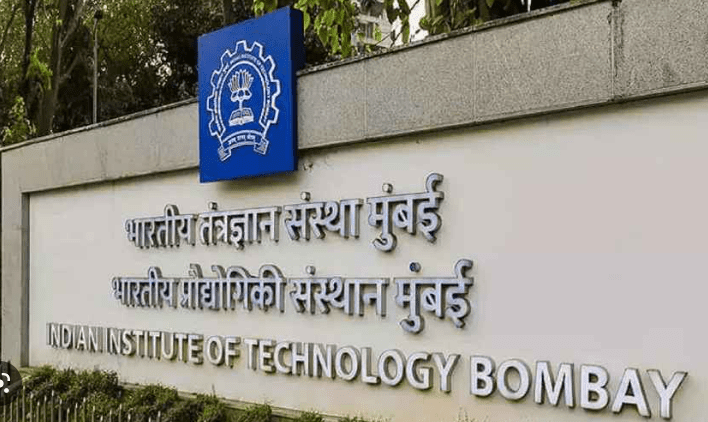Needles have long been used in medicine, but they can be frightening, especially for children. IIT Bombay researchers, led by Prof. Viren Menezes of the aerospace engineering department, have developed a needle-free alternative: the shock syringe. This innovative device uses high-energy shock waves, traveling faster than sound, to deliver drugs painlessly without piercing the skin.
The study on laboratory rats, published in the Journal of Biomedical Materials & Devices, highlights the device’s effectiveness.
How it works?
The shock syringe, powered by a micro shock tube system, uses pressurized nitrogen gas to create a rapid microjet of liquid drug. This jet, traveling at twice the speed of a commercial airplane at take-off, penetrates the skin effortlessly.
Unlike traditional needles, this ballpoint pen-sized device relies on compressed airwaves, ensuring a virtually painless experience. Tests revealed that the shock syringe matches or outperforms needles. For viscous drugs like antifungals, it delivered medication deeper into skin layers, enhancing efficacy. When insulin was administered to diabetic rats, the shock syringe provided better blood sugar stability and caused less tissue inflammation compared to needles.
The shock syringe could transform public health by streamlining immunization campaigns and eliminating needle-stick injuries, which risk transmitting bloodborne diseases. With a capacity for over 1,000 shots per nozzle, it is a sustainable and cost-effective solution.
“This device not only ensures patient comfort but also addresses critical safety and efficiency challenges in drug delivery,” said lead author Priyanka Hankare.
While promising, clinical adoption depends on regulatory approvals, affordability, and accessibility. The shock syringe has the potential to transform painless, effective medication administration globally if it is effectively scaled.




